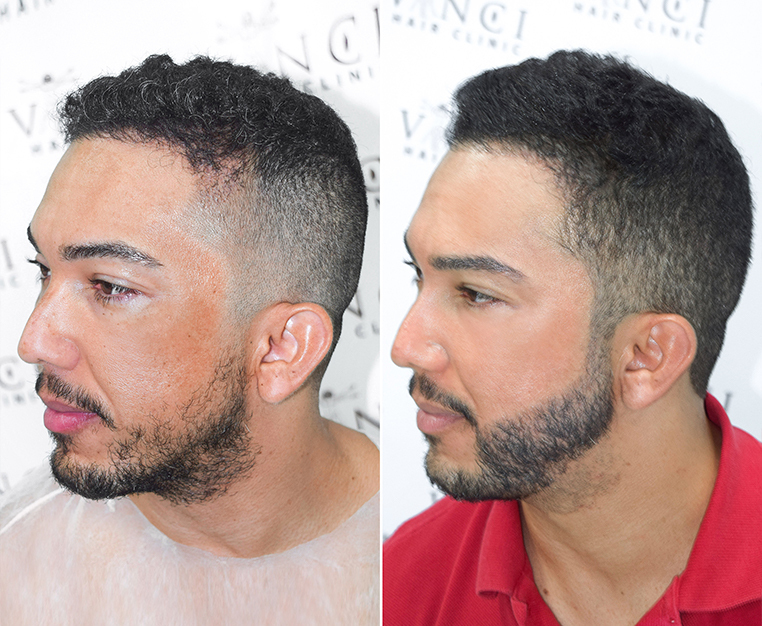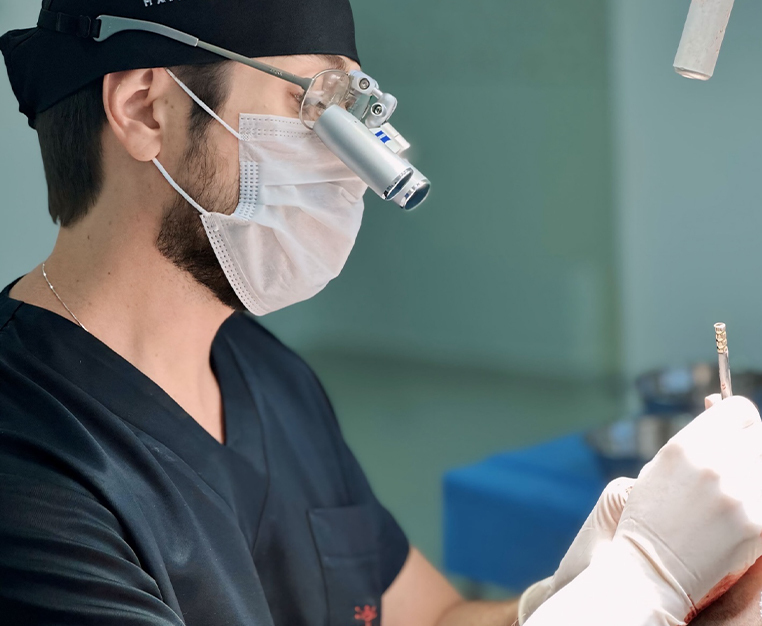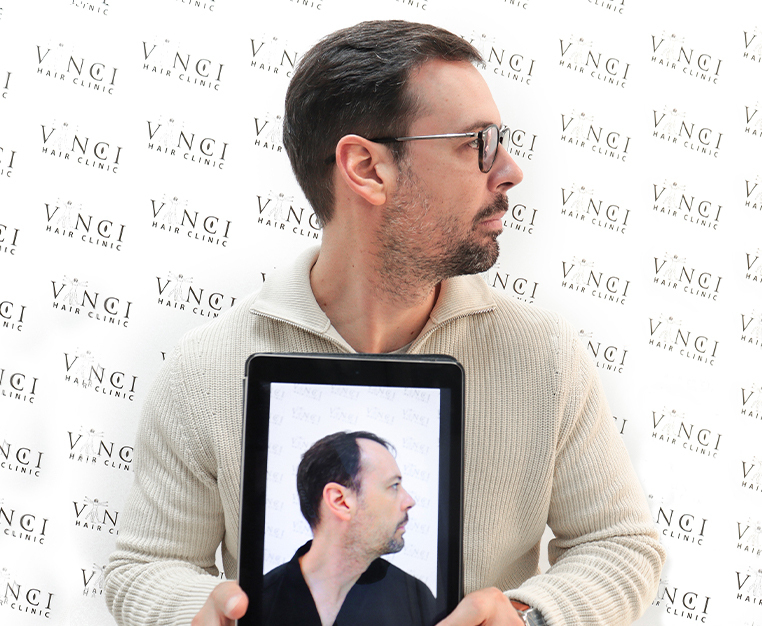A beard transplant is a surgical procedure designed to address facial hair loss or thinning. It provides a solution for individuals seeking a fuller, more robust beard. In this article, we delve into the finer details of beard transplants, exploring the procedure, recovery, and financial aspects.
The Beard Transplant Procedure
1. Patient Evaluation
Before proceeding with a beard transplant, a thorough evaluation is essential. The surgeon assesses factors such as:
- Donor Area: The back of the scalp (occipital region) typically serves as the donor area. Hair follicles from this region are genetically resistant to balding.
- Recipient Area: The beard area where hair restoration is desired.
- Hair Density: Determining the number of grafts required for optimal results.
- Medical History: A comprehensive medical history is taken to identify any underlying health conditions or medications that may impact the success of the beard transplant. This includes a history of autoimmune diseases, blood clotting disorders, or previous surgical procedures.
2. Harvesting Hair Follicles
The surgeon extracts hair follicles from the donor area using either of the following methods:
- Follicular Unit Extraction (FUE): In FUE, individual hair follicles are meticulously extracted from the donor area, typically located at the back or sides of the scalp, using a specialised punch tool. This method is known for its precision and minimally invasive nature.
- Follicular Unit Transplantation (FUT): FUT involves removing a narrow strip of scalp containing hair follicles from the donor area. This strip is then carefully dissected into individual follicular units for transplantation.
This method is often chosen when a larger quantity of hair needs to be transplanted, making it suitable for patients requiring extensive coverage. However, FUT may result in a linear scar, which is generally well-hidden by surrounding hair, especially when performed by skilled surgeons.
3. Graft Preparation
After the hair follicles have been harvested, the next crucial step is their meticulous preparation under a microscope. This phase involves delicate handling and organization of the extracted follicles to enhance their viability and promote successful transplantation.
The individual hair follicles are carefully grouped into follicular units, typically containing 1 to 4 hairs per unit. This grouping is based on the natural arrangement of hair in the donor area and ensures a more aesthetically pleasing and natural-looking result when transplanted.
4. Implantation
The surgeon skillfully creates tiny incisions in the recipient area, considering factors such as natural hair growth patterns, existing hairline, and aesthetic goals. The size and depth of these incisions are customised to accommodate the prepared grafts, promoting optimal placement and integration.
The angle and direction of implantation are of utmost importance in achieving a natural appearance. The surgeon considers the natural incline and orientation of existing hair to ensure seamless blending with the transplanted follicles. This attention to detail enhances the overall aesthetic outcome, allowing the new hair to mimic the natural growth pattern.
5. Recovery
Post-Operative Care: Patients must follow specific guidelines to ensure proper healing. This includes avoiding strenuous activities and protecting the transplanted area.
Shedding: Within a few weeks, the transplanted hairs shed. This is normal and temporary.
Growth: New hair growth begins after a few months, gradually thickening over time.
Cost Considerations
The cost of a beard transplant varies based on several factors:
- Geographic Location: Prices differ across regions and countries.
- Extent of Restoration: The number of grafts needed impacts the cost.
- Clinic Reputation: Established clinics with experienced surgeons may charge more.
- Procedure Type: FUE tends to be pricier than FUT due to its meticulous requirements.
- On average, a beard transplant can cost anywhere from $3,000 to $7,000. Keep in mind that this estimate is subject to variation.
Conclusion
Beard transplants offer a viable solution for those seeking a fuller, more masculine appearance. By understanding the procedure and associated costs, individuals can make informed decisions about their beard restoration journey.
Remember, consult with a qualified surgeon to determine the best approach for your unique needs.
Are You Considering a Beard Transplant? Meet the Experts From Vinci Who’ve Satisfied Thousands of Clients
Are you frustrated with the patchy beard growth that leaves your facial hair looking uneven? Achieving a full, robust beard is a common desire, yet it can be a challenging journey.
Meet Vinci Hair Clinic, your trusted partner in beard restoration. We understand the intricacies of beard transplants, offering tailored solutions to address your specific needs.
With a team of 20 specialist doctors and 15 years of experience, we bring expertise to your unique situation. Choosing Vinci means choosing a positive beard restoration journey.
Join over 100,000 satisfied customers who have experienced the Vinci difference. Contact us now to explore personalised solutions that cater to your unique needs and witness the Vinci impact on your facial hair





